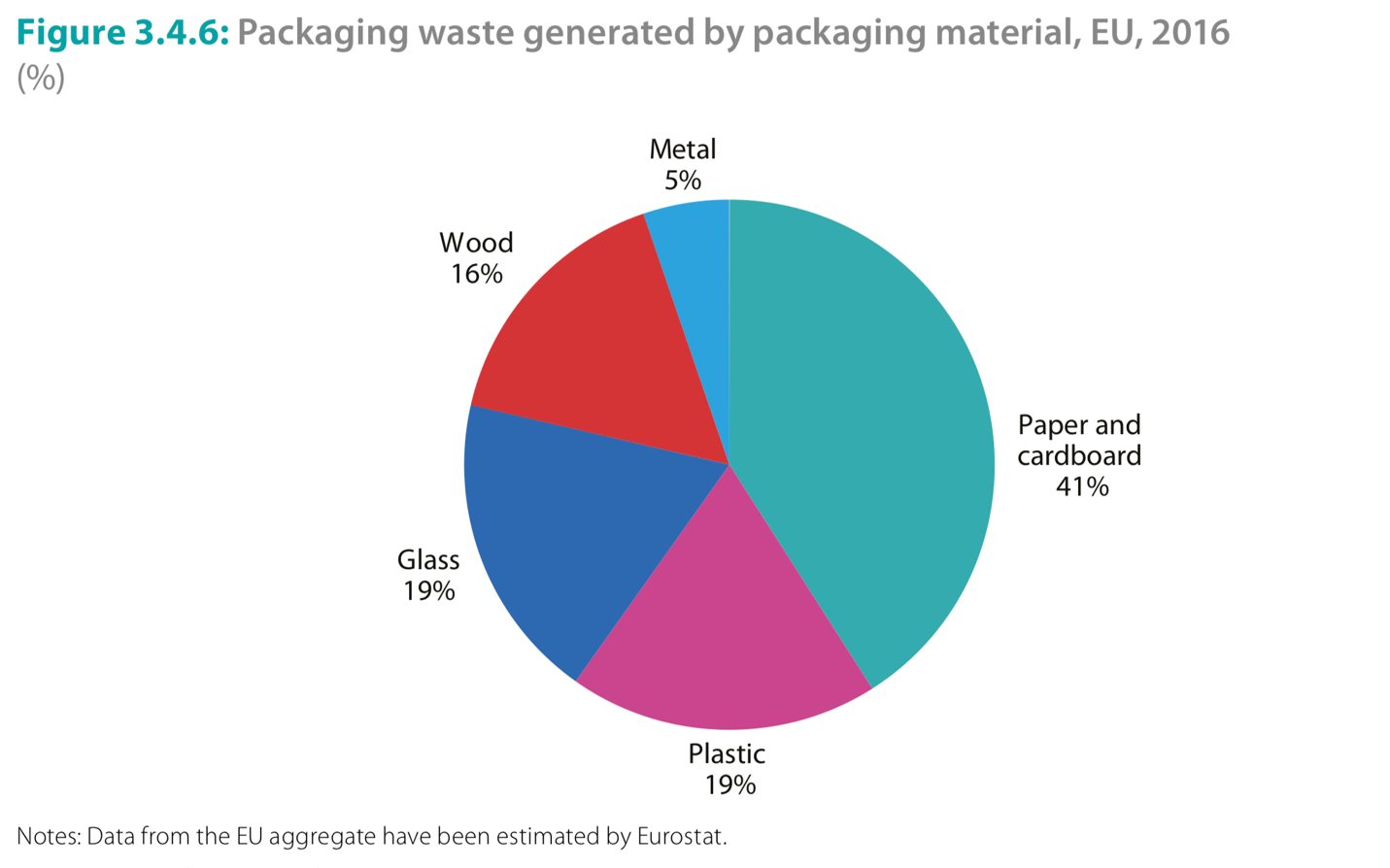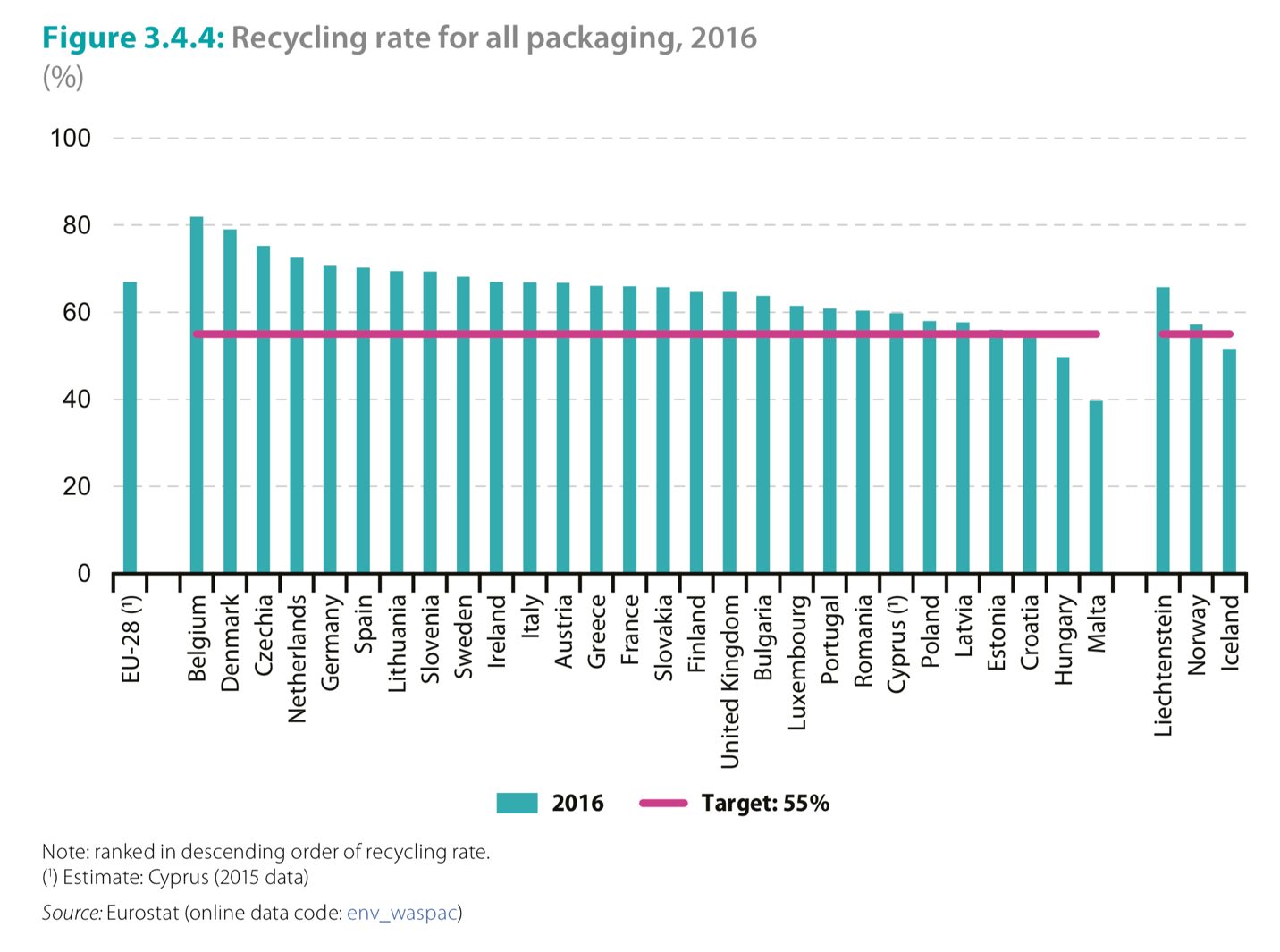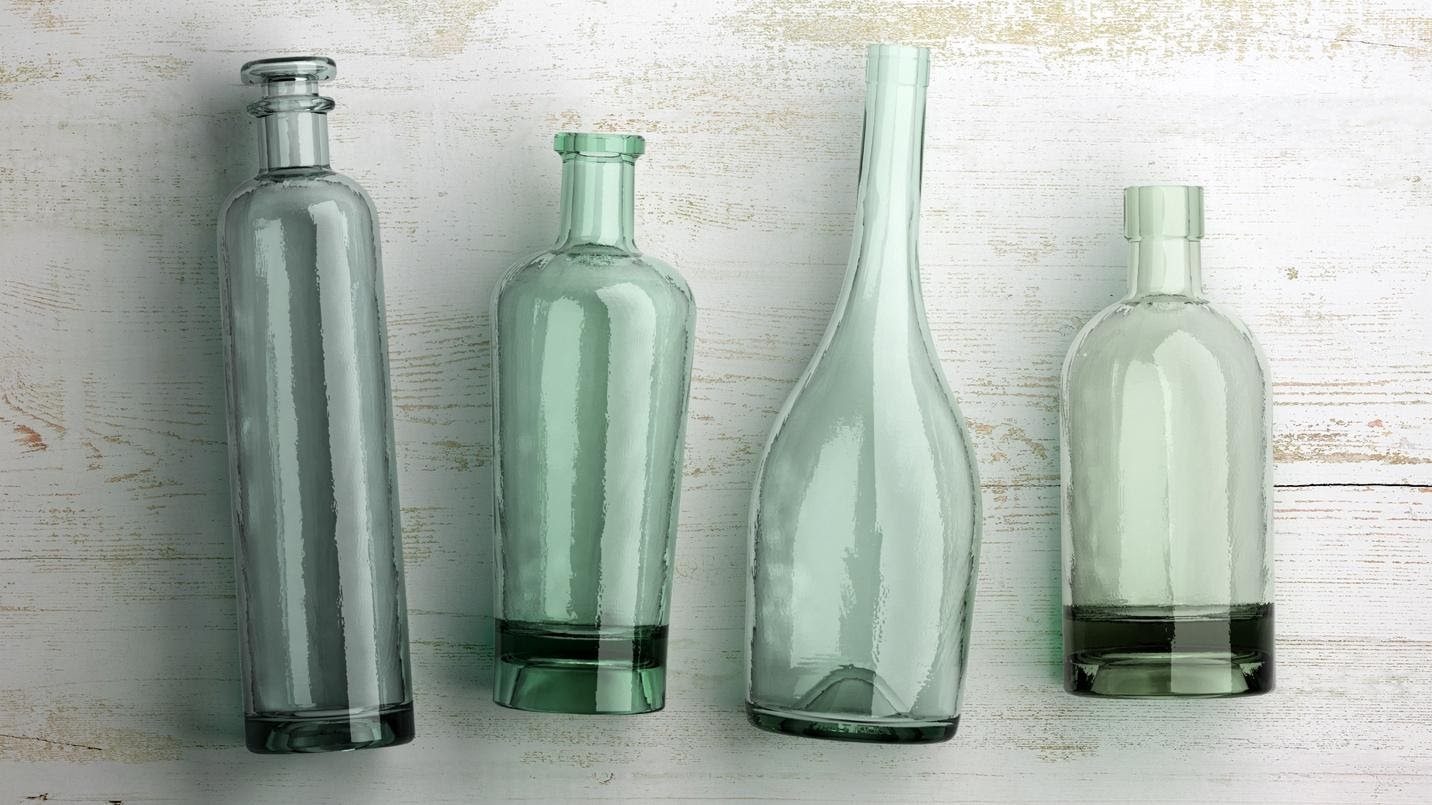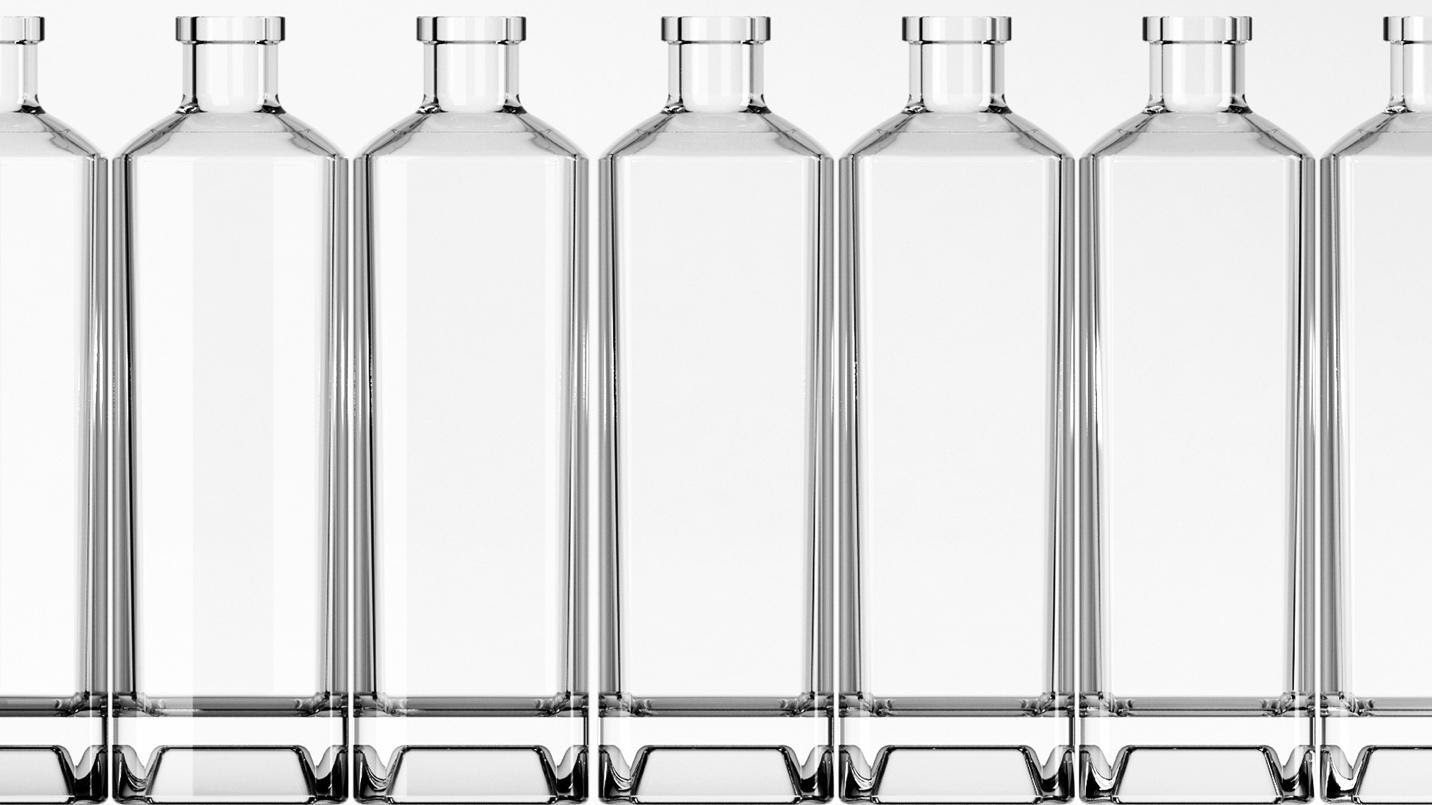The demand for sustainability impacts the design and manufacturing of new products and their packaging. With sustainability in mind, let’s check the main glass packaging trends in 2020.
The Problem of packaging
Only a small portion of the packaging we use in our daily lives is recovered and sent for recycling. Most of this waste is discarded and will end up in the landfills.
Over the past 30 years, this devastating effect of garbage accumulation has increasingly aroused consumer attention. This effect has impacted the manufacture of new packaging in search of more eco-friendly materials, processes, plus business models.
Aware of these transformations, Hello-Bottle prepared this article that presents to you the main sustainability glass packaging trends in the manufacture of food and beverage packaging in 2020.
Waste reduction
In 2016, the EU-28 generated 2 538 million tonnes of waste by all economic activities and households amounted. According to data recorded by the European Union, during the period between 2004 and 2016, this was the highest amount recorded. The data can be found in the 2019 edition of Eurostat’ Statistical book on Energy, transport, and environment.
According to Directive 2008/98/EC, about waste from the European Parliament and the Council of 19 November 2008 ‘waste’ means any substance or object which the holder discards or is required to discard.
The data pointed out by Eurostat’s research prove a known fact: only part of the waste generated is recycled, only 37.8% of the collected waste is treated.
The rest goes mainly to landfills. That is why one of the main strategies for conscious consumption and sustainable glass packaging trends manufacturing in 2020 will be the reduction of waste.
It will be reduced unnecessary packaging for the preservation of food and beverages, as well as the number of materials used in the design of new products.
Examples of these strategies being put into practice can be seen in the glass bottle return programs already adopted by many countries in Europe, as well as the adoption of reusable bottles and water stations in use in various hotels, restaurants, and universities around the world. More detailed information on these initiatives can be found in our previous articles: Glass bottle return systems in Europe and Water glass bottle: eco solution for reusing glass water bottles.
Recycling of materials
Slightly more than half (53.3 %) of the waste generated in the EU-28 in 2016, was treated in recovery operations: recycling (37.8 % of the total treated waste) backfilling (9.9 %) or energy recovery (5.6 %). The remaining 46.7 % was either incinerated without energy recovery (1.0 %) or disposed of otherwise, mainly by landfilling (45.7 %) (Eurostat, 2019).
In 2016 ‘paper and cardboard’ (41 %), ‘plastic’ (19 %), ‘glass’ (19 %), ‘wood’ (16 %), and ‘metal’ (5 %) was the most common types of packaging waste in the EU-28.

The target of 55 % recycled packaging waste was met by all EU Member States, except Hungary (49.7 %) and Malta (39.7 %) (Eurostat, 2019).

Material recycling is a general glass packaging trend for manufacturing in the coming years. Like waste reduction, recycling is a global need. Brands should adopt practices to recover and reuse their materials in search of a circular and nonlinear life model.
An example of this trend is the Wild Glass collection, offered by Hello-Bottle. Wild Glass is a premium design beverage package made from 93% post-consumption glass.
Wild Glass is also an example of waste reduction. It incorporates into the design small bubbles and natural imperfections of the glassmaking process that are often discarded by other manufacturers. The result is an original, innovative, and sustainable design, as you can see.

Wild Glass – 100% recycled
Minimalism
Minimalism is a concept that relates to sustainability. As Cedric VanEenoo (2011) explains, “Minimalism means using limited material to create the desired effect.”
The minimalist design leaves out everything that is unnecessary. This type of design into packaging can be used as a strategy to reduce waste, saving materials, and non-renewable energy.
The result is clear and uncomplicated packaging that emphasizes the contents, shapes, materials, colors, and typography used.

Sustainable packaging made of glass
Brand packaging should reflect the social and environmental values of companies.
Consumers are demanding sustainable attitudes from entrepreneurs. With that, the industry of packaging is becoming more attentive to the way that best-selling products are present and delivered.
Sustainability glass packaging trends and strategies include the use of processes that seek to avoid waste of materials and energy, such as the use of recycled materials and the multipurpose design of the packaging.
The Wild Glass line offers it all. Made from 100% recycled glass after use, Wild Glass is an example of a circular and sustainable design. Based on a less waste principle, the design incorporates the small common imperfections in the glass manufacturing process. Bottles come to life through an innovative, original, and beautiful design.
Tags: container, empty bottle, glass, glass bottle, glass container, glass packaging, glass water bottles, packaging, packaging trends, premium packaging, recycled bottle, recycled glass, reusable packaging, spirit bottle, spirits glass bottles, sustainable bottle, sustainable glass, sustainable packaging, sustainable trends, wine bottle, wine glass bottle
